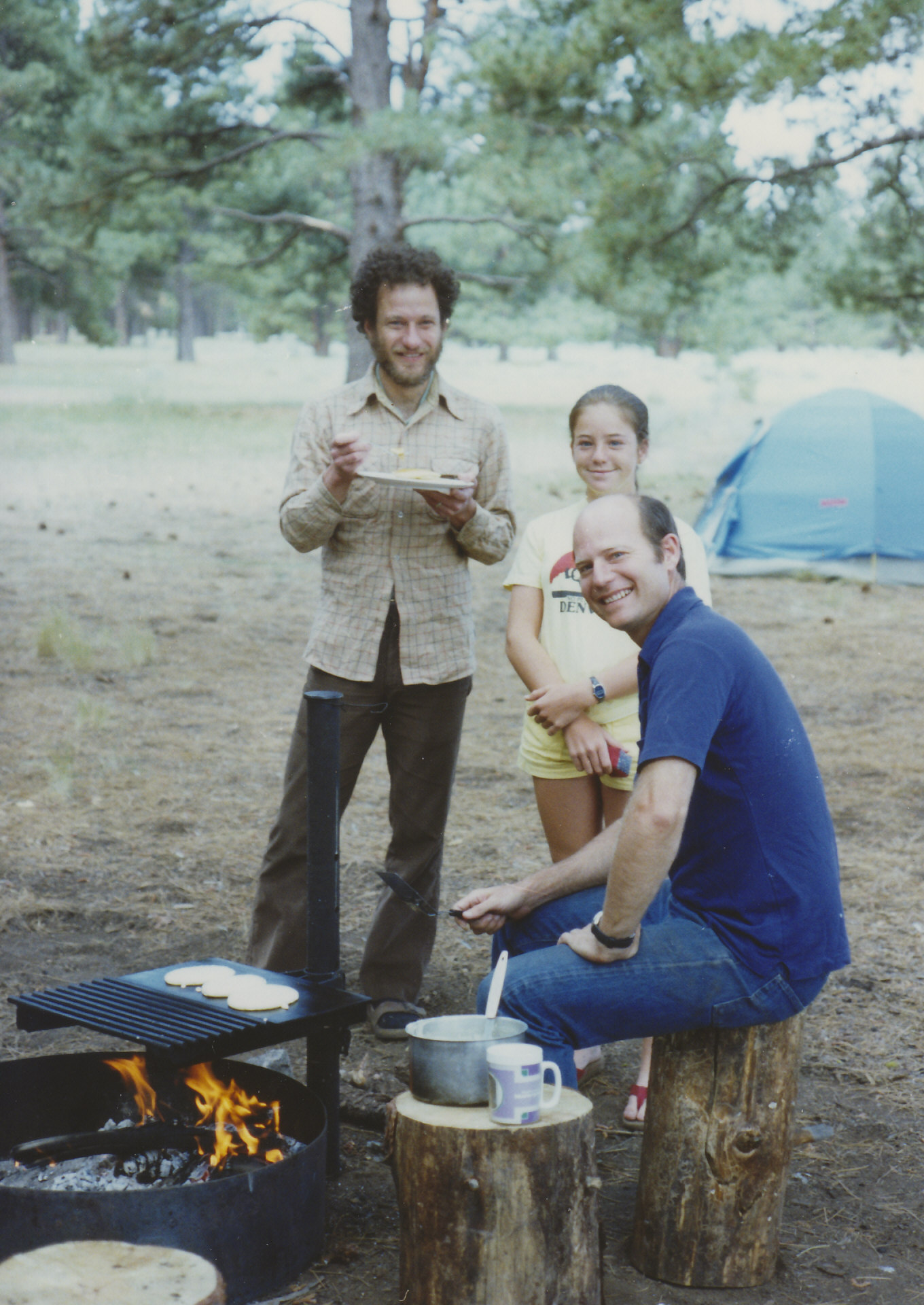37 Getting it right the first time
Around 1980, Monty Slatkin, an eminent theoretical evolutionary geneticist, visited Steve Arnold, also an eminent evolutionary biologist and great naturalist, at Steve’s study site at Eagle Lake, in the Sierra Nevada of California. Steve was running a long-term study of the demography and ecology of garter snakes. Monty came down just to spend some time with Steve, Lynne Houck, Steve’s field crew, and assorted family, friends, and colleagues who liked to camp and congregate with Steve and Lynne at “Snake Camp” each summer.

One day, Don Kephart (one of Steve’s grad students) spotted a rattlesnake, pinned it, and picked it up just behind the head. Monty – a theoretician’s theoretician – was impressed and asked,
“How did you learn to do that safely?”
Don hesitated before answering,
“It is something you have to get right the first time.”
When Monty returned to Seattle a few days later, he was excited about this experience, not only because this was the first rattler he had ever seen, but also because this event imspired him to think about ‘types’ of learning.
After he told me about Don’s capture of the rattler, Monty started talking about learning theory. He noted that there’s ‘trial-and-error’ learning, which is of course well known, but there’s another class of learning, which he called “getting it right the first time.” Picking up a rattlesnake is one example, and skydiving (which Monty had done earlier in his life) is another.
I would add a third type of learning, called “empathic” learning, where empathic implies learning by observation. The idea is to learn about the world around us by watching what happens to others. Carl Gans proposed this concept in the 1960s to help explain the evolution of a case of mimicry, with harmless snakes mimicking venomous vipers. I was an undergrad when I read Carl’s paper, but I was fascinated by his idea.
I often find myself instinctively watching others and learning from them (Chapter 44). I can learn when they do something right, and even when they do something wrong. But I prefer to watch pros in action, as I would much rather learn how to do something “right the first time” rather than learn what not to do.